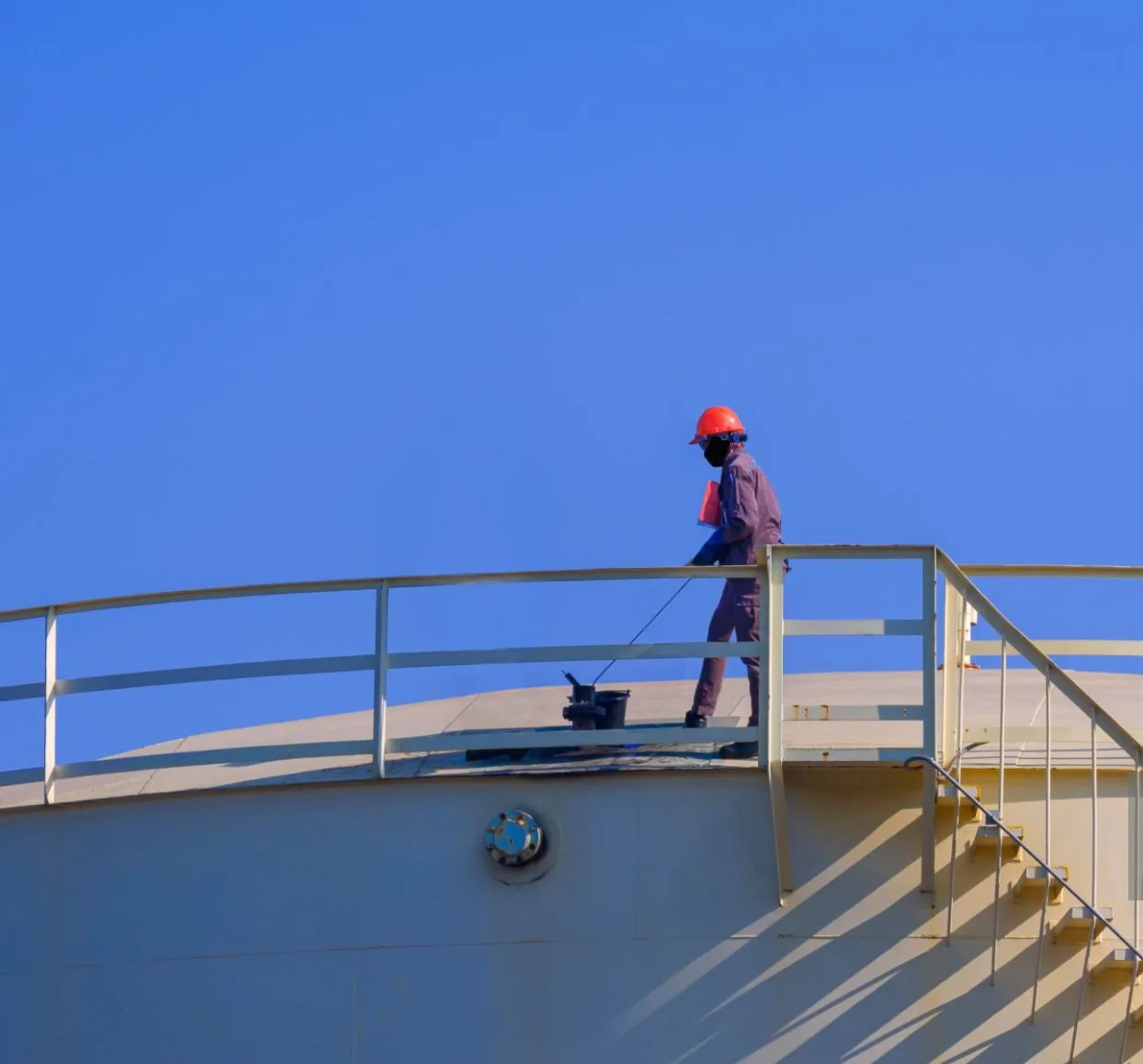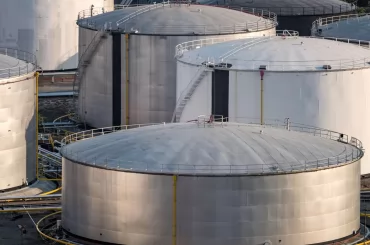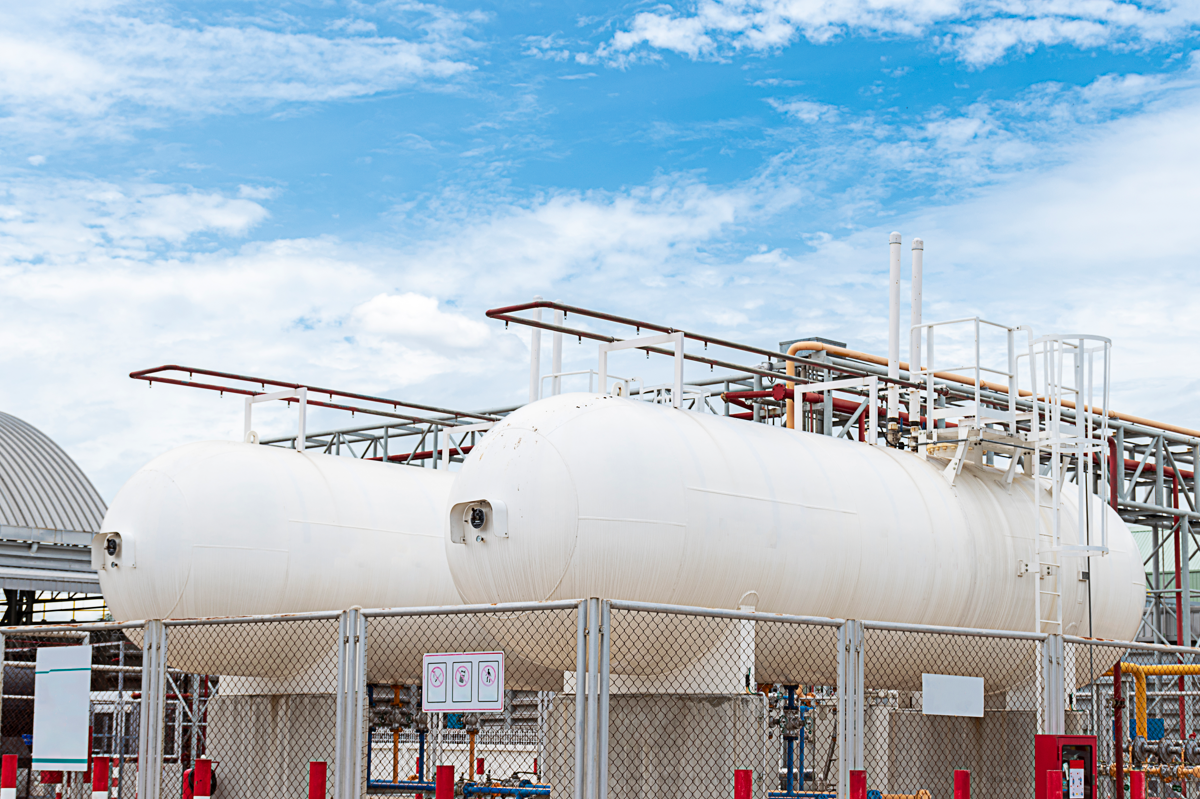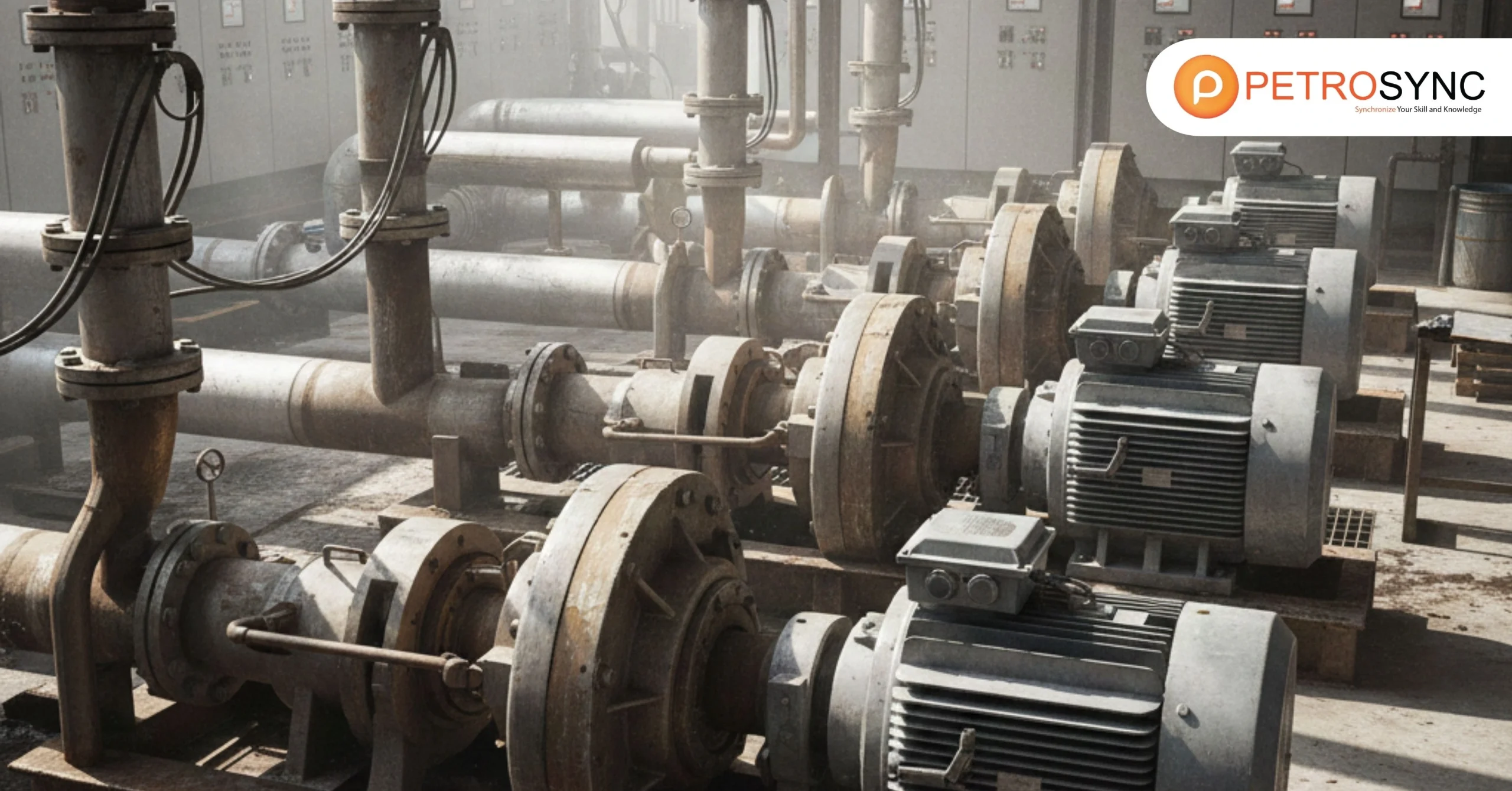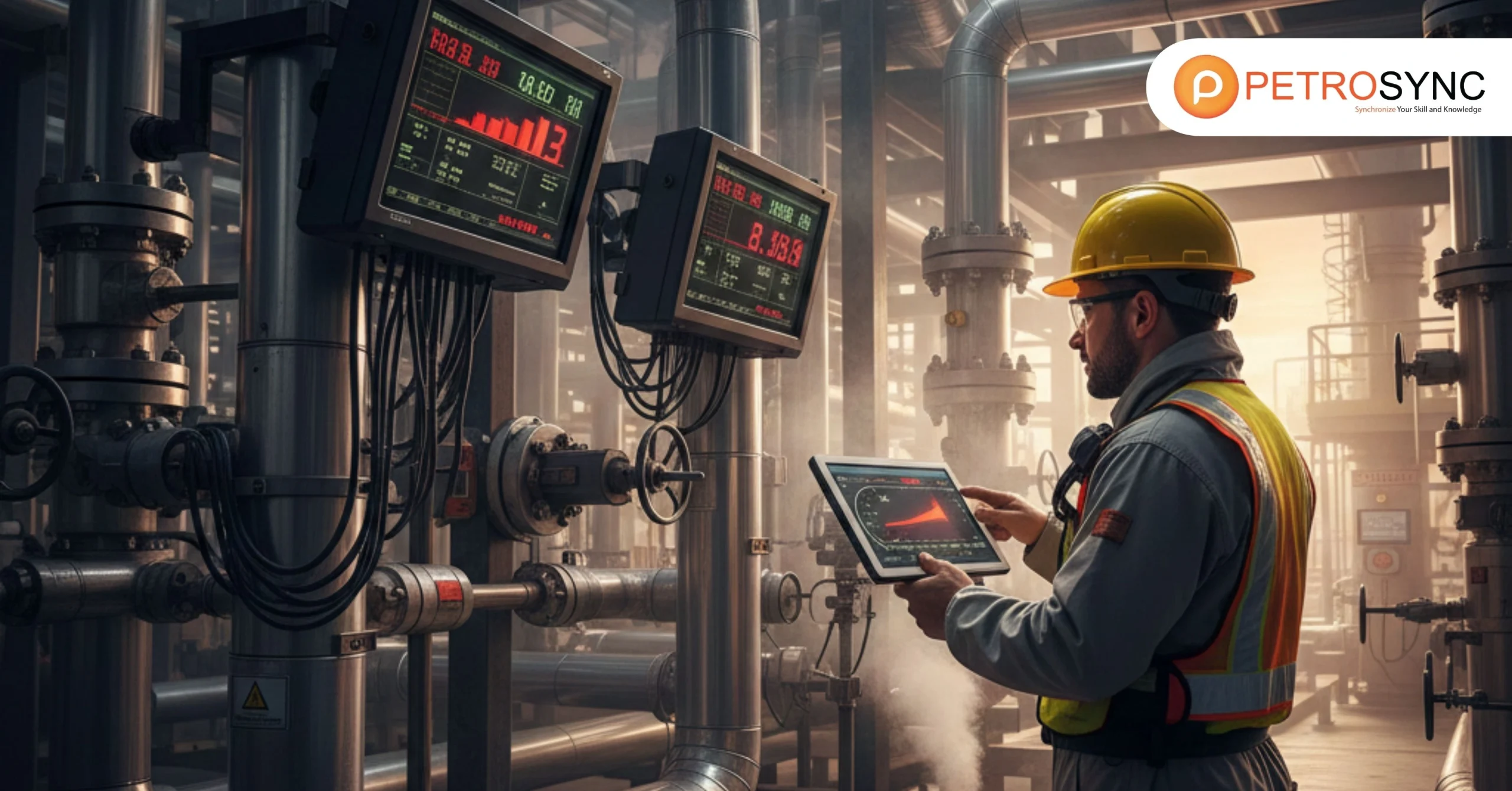API 653 is one of the most critical standards in the oil and gas industry. Understanding and staying current with the API 653 latest edition is of paramount importance especially if you are working in the petroleum or related sectors. These revisions have a profound impact on various aspects, including safety, regulatory compliance, and the overall condition of storage tanks. Let’s delve into the updates.
What Is API 653?
API 653 – Tank Inspection, Repair, Alteration, and Reconstruction is a standard established and released by the American Petroleum Institute. It addresses the inspection, repair, alteration, and reconstruction of steel aboveground storage tanks used in the petroleum and chemical sectors.
How Many Updated Versions of API 653 Since The First Launch?
1. API 653 First Edition (January 1991)
The first edition of API 653 was a significant milestone for the industry. It laid down the groundwork for the inspection, repair, alteration, and reconstruction of aboveground storage tanks. The primary goal here was to create basic guidelines and practices to ensure the safe and reliable operation of these tanks. It was the starting point for key procedures and safety measures in the field.
2. API 653 Second Edition (December 1995)
The second edition of API 653 aimed to make industry standards better. This edition recognized that the industry was changing, and there was a need to adapt. It introduced refinements in inspection and repair practices, with a focus on improving safety and efficiency. It was an important step in ensuring that storage tanks met the industry’s evolving needs.
3. API 653 Third Edition (December 2001)
The third edition of API 653 continued the path of improvement, recognizing that the industry was evolving rapidly with new inspection technologies. This edition aimed to adapt to modern materials, design considerations, and emerging inspection methods. Safety remained a top concern, and the guidelines were updated to reflect the most current standards. It marked a significant step forward in adjusting to industry requirements.
4. API 653 Fourth Edition (April 2009)
The fourth edition was a turning point in the API 653’s journey. In this edition, a more comprehensive set of changes was introduced. Safety and environmental concerns took center stage. The industry acknowledged the importance of minimizing its environmental impact, and this edition integrated guidelines to achieve that.
Additionally, this edition encouraged the use of advanced technologies in inspections and maintenance, bringing the industry in line with modern practices and safety standards.
5. API 653 Fifth Edition (November 2014)
The fifth edition of API 653 continued the path of improvement, building on the strengths of its predecessors. It puts a strong focus on safety and environmental compliance. The edition integrated the latest practices and materials to ensure that storage tanks met the highest safety and structural integrity standards. It reflected the industry’s learning from previous editions and incorporated emerging technologies to meet the ever-changing demands of the petroleum and chemical sectors.
Each edition of API 653 represents a crucial step in the oil and gas industry’s ongoing commitment to safety, integrity, and environmental responsibility. These editions have not only kept up with technological advancements and changing regulations but have also driven the industry toward the highest standards of safety and efficiency in the field of aboveground storage tanks.
What Updates Contained in The Latest Version of API 653?
1. Safety Enhancements
In the 5th edition, there was a heightened emphasis on safety. This edition introduced updated safety measures, focusing on emergency response and evacuation procedures. It provided more detailed guidance on ensuring a secure working environment, emphasizing accident prevention and response, making it more comprehensive than the 4th edition.
The latest edition also mentions corrosion control. The guidelines are meant to protect tanks from corrosion better thus enhancing the overall storage tank safety.
2. Environmental Considerations
The 5th edition was notable for its incorporation of new environmental considerations that were highly relevant to the oil and gas industry. It acknowledged the industry’s need to adapt to evolving environmental regulations. This edition provided specific guidelines for complying with these regulations and minimizing the industry’s environmental impact.
3. Integration of Advanced Technologies
The 5th edition took a significant step forward by promoting advanced technologies in tank inspections and maintenance. This update reflected the industry’s growing reliance on modern practices and materials to ensure the highest standards of safety and structural integrity.
You can also find the discussion of improved welding practices to ensure the structural integrity of tanks in this latest edition.
4. Addressing Environmental Concerns
Environmental considerations are crucial in the oil and gas industry. The API 653 Latest Edition addresses new environmental concerns relevant to the industry. Staying compliant with these regulations is essential.
What Are Some FAQs About the Latest API 653 Edition?
1. What is API 653, and why is it important to know about its latest edition?
API 653 is a standard that governs tank inspection, repair, alteration, and reconstruction. Understanding its latest edition is crucial to ensure tank safety and compliance in the oil and gas industry.
2. What significant changes are there in the updated inspection requirements?
The latest edition introduces notable changes to inspection requirements, enhancing tank safety and integrity.
3. How do the improved corrosion control guidelines impact tank maintenance?
Enhanced corrosion control guidelines help protect tanks from corrosion, ensuring they last longer and perform better.
4. What benefits do the improved welding practices bring to tank construction and repair?
Improved welding practices ensure the structural integrity of tanks, reducing the risk of defects and failures.
5. Why are environmental considerations important in our industry?
Environmental concerns are essential to comply with evolving regulations and minimize our industry’s impact on the environment.
6. How do the safety measures outlined in the API 653 Latest Edition contribute to a safer work environment?
Safety measures, including emergency response and evacuation procedures, are vital to prevent accidents and create a secure work environment for industry professionals.
In summary, staying informed about the latest changes in API 653 is crucial for professionals in the oil and gas industry. These updates impact safety, compliance, and the overall condition of storage tanks. By understanding the updated inspection requirements, enhanced corrosion control, improved welding practices, environmental considerations, and safety measures, you can maintain the highest standards in your operations.
If you are looking for API 653 training to help you master the art of storage tank inspection following the latest updates, consider investing in PetroSync. Our specialized training equips you with the knowledge and skills necessary to navigate the intricacies of the updated standards effectively.
Our course materials provide in-depth insights into the changes, ensuring that you are well-prepared to carry out inspections, implement corrosion control measures, follow welding best practices, and uphold safety and environmental standards. By enrolling in API 653 training, you can stay informed in your field and contribute to the safety and compliance of storage tank operations.
Credit: iStockphoto

SEO specialist by day, fact-checker by night. An avid reader and content writer dedicated to delivering accurate and engaging articles through research and credible sources.

